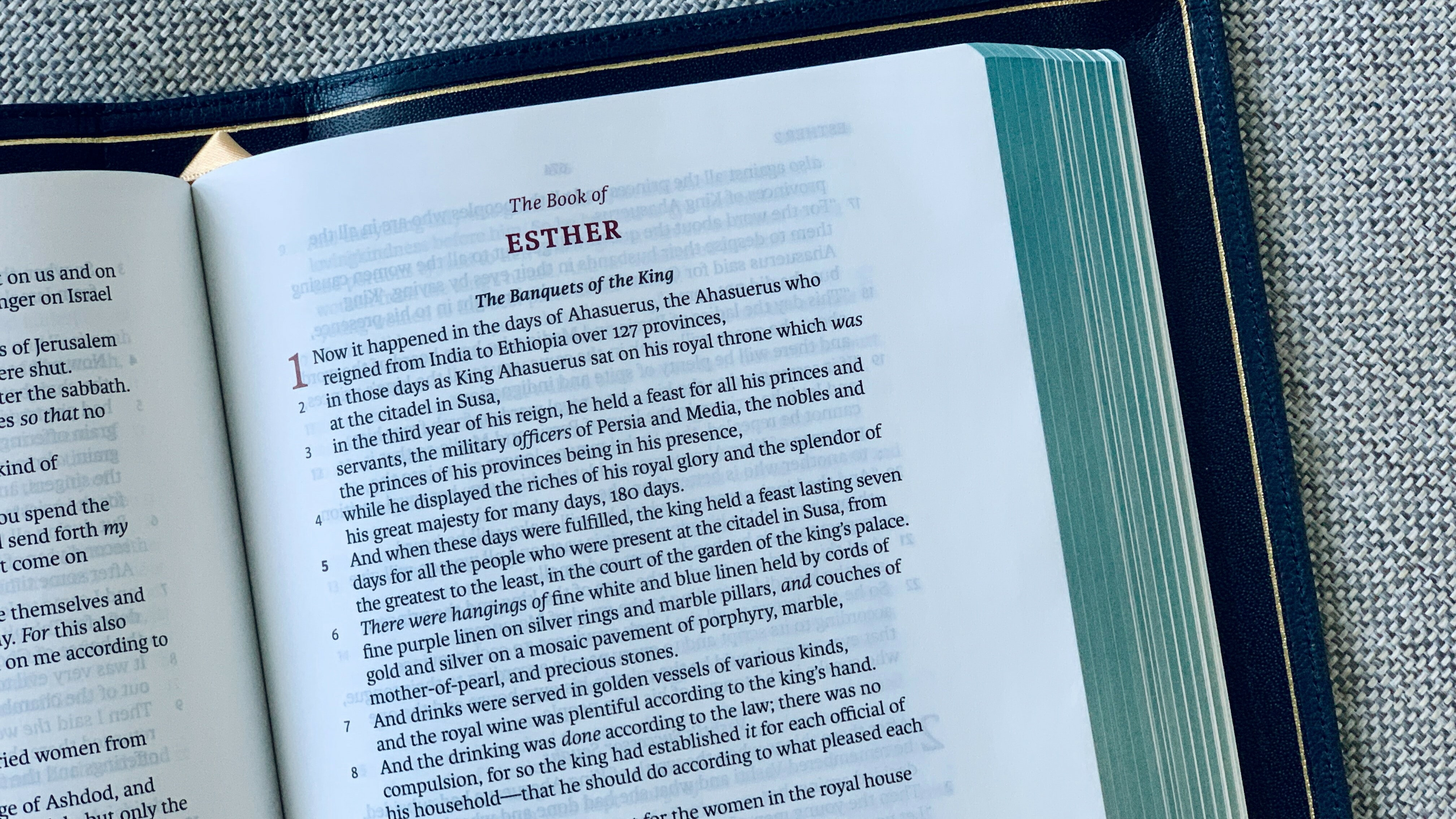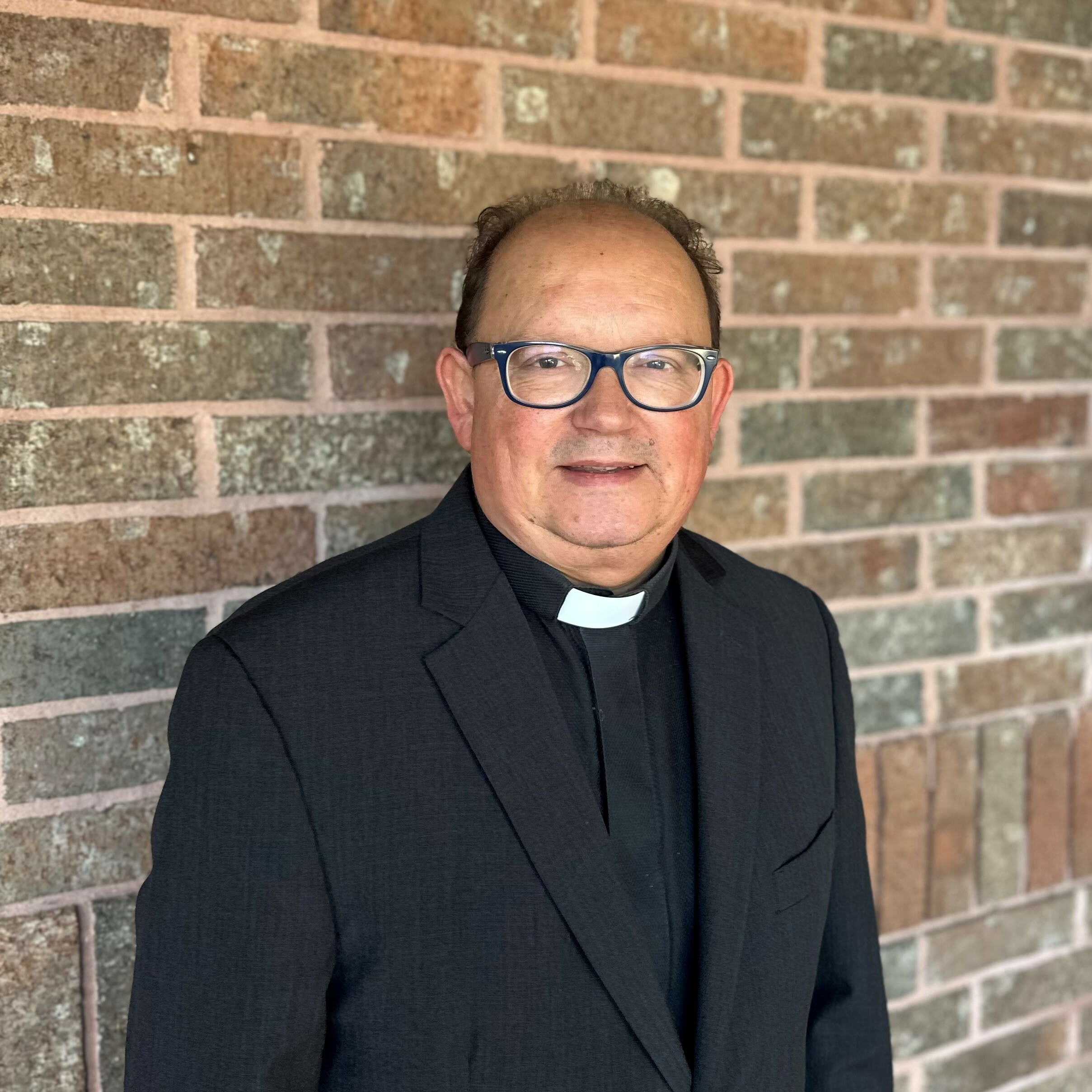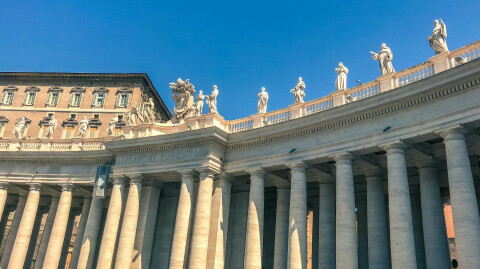Translate this page to another language:
TLDR: The Book of Esther is a fascinating story that took place in Susa, the capital of Persia, between 483 and 473 BCE. Join us for a long-term study of Esther, starting on September 13 at 6:30 pm.
The exile from the Holy Land into Babylon was accomplished by stages (605 BEC, 587 BCE, and post 586 BCE.) We know that the first wave sought to bring into Babylon all sorts of skilled laborers (masons, silversmiths, carpenters, and other) needed to build the growing empire. The prophet Ezekiel and his family were exiled during this phase. The second wave covered the majority of the population and it took place in 587-586 BCE, when Nebuchadnezzar had become Babylon’s king. The post 586 BCE exiles were small, and we have little record of them.
The return from exile to the Holy Land was also accomplished by stages. We know of at least three different stages: The first return took place under Zerubbabel around 538 B.C. soon after the Persian Empire came to power. Six chapters in the book of Ezra (1:1-6:22) cover this first wave of return, in which nearly 50,000 Jews participated. One of the accomplishments of this first return was the rebuilding of the Temple in Jerusalem and the establishment of institutions needed for the governance of the nation. This small remnant of the people of God was less than 10% of all the Jews who resided in lands controlled by the Persian Empire. The Israelites had enjoyed a number of privileges in Babylon and many had acquired lands, married local people, and had settled in the land. To return to a devastated country to start the arduous work of rebuilding was not an appealing prospect for many, especially those who had been born in exile.
The second return took place eighty years later, under the leadership of Ezra, the priest, when Artaxerxes was king of Persia. Ezra 7:6-10 tells us that, “This Ezra was a scribe skilled in the law of Moses… who had set his heart to study the law of the Lord, and to do it, and to teach the statutes and ordinances in Israel.” Armed with letters from the king, Ezra led this second expedition into the Holy Land because he had learned that the nation had once again forgotten the law of the Lord and there was great moral decline across the land. It is estimated that less than 2,000 people returned with Ezra, and Scripture describes in full detail the religious revival that took place as a result of Ezra’s ministry.
The third return took place thirteen years after the Ezra return, in the year 445 BCE, under the leadership of Nehemiah, a cupbearer in the Persian court. The purpose for this return was the rebuilding of Jerusalem’s walls and gates, which remained in ruins. In Nehemiah 1:1-3 Nehemiah receives a troubling report, “The survivors there in the province (Jerusalem) who escaped captivity are in great trouble and shame; the wall of Jerusalem is broken down, and its gates have been destroyed by fire.’” At hearing these news, Nehemiah weeps for days and requests permission from the king to return to Jerusalem to rebuild the city. It is uncertain how many people returned with Nehemiah, but their mission was very successful, as they rebuild the walls of the city in under sixty days.
To summarize then, between 538 and 445 BCE we have a fair amount of movement between the Persian empire and Judah, as many Jews returned to the Holy Land to rebuild their ancestral land. The great majority of Jews, however, stayed in lands occupied by the Persian empire, which included all the lands of the former Babylonian empire. We have a fascinating story that took place in Susa, the capital of Persia between 483 and 473 BCE. The Book of Esther was most likely written by a Jew who is a resident of Persia, and who writes to the Jews who had returned to Jerusalem with Zerubbabel in 538. The book tells the story of a young Jewish woman by the name of Hadassah who is raised by her cousin Mordecai after the death of her parents. At some point, Hadassah is taken from her guardian and forced to join the king’s harem, where she has to compete for the king’s affection. Hadassah receives the name of Esther. After the king expels Queen Vashti from court, a beauty pageant is held from among the women of the harem, as King Xerxes wants a new queen. Esther decides to enter the pageant and hides her Jewish background. The king becomes quickly smitten by Esther and chooses her to become his new queen. From this position of power, the new queen will be in a position to save the lives of Jewish people all throughout the empire, as a wicked enemy in court seeks to kill all Jews throughout Persia on the same day. In a story filled with suspense and intrigue, the reader is treated to a beautifully crafted narrative that speaks volumes about God, without mentioning God’s name even once.
The Book of Esther is organized around 8 feasts or banquets. The narrative is filled with ironic reversals and fantastic coincidences that are meant to illustrate an incredible reality: Although the book does not mention God even once, it is very apparent that God’s providential hand is leading the narrative. God works through a number of reversals to save his nation. Esther then becomes one of the prototypical instruments God uses in Scripture for the salvation of his people. At a moment of untold danger, Esther takes a leap of faith, and this action has incredible consequences. Her courage and resolve lead to the future survival of God’s people and the destruction of enemies, a victory that is celebrated every year in the Jewish festival, Purim.
Beginning on September 13, at 6:30 pm, we will start a long-term study of this incredible book. We will get to know in great detail the story of another ancestress of Jesus of Nazareth. Esther is one of the most important women of the Bible, and there is much about her story that we don’t know, and much that has been harmonized and white-washed. Come to our study and encounter the real Queen Esther. I will seek to convince you that there has never been a time in history when God has left us unprotected. The providential hand of God has been with his people even at the darkest times in their history. There is much discontinuity between us and the people of Persia 2500 years ago. On the other hand, there are great points of contact between Esther’s world and ours. The message of this book is incredibly relevant for us today, especially at times when people feel isolated from God and their communities.
I look forward to seeing many of you here. Please call me if you have any questions,
Blessings to all,
Fr. Roman+





